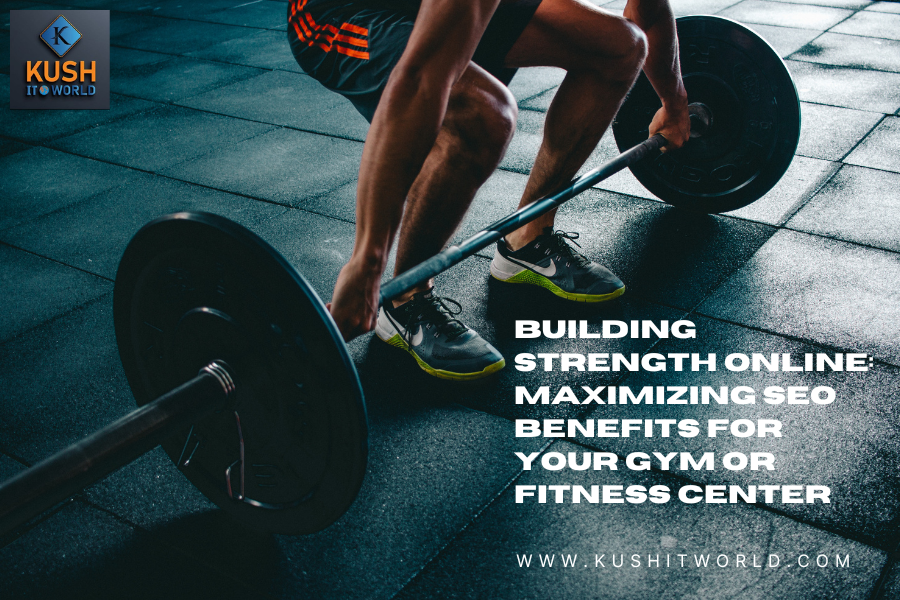In a world where wellness and fitness are becoming increasingly integral to people’s lives, the competition among gyms and fitness centers to attract and retain clients has never been fiercer. While a robust set of gym equipment, excellent trainers, and a welcoming atmosphere are essential, the digital presence of a fitness center is equally crucial. Search Engine Optimization (SEO) stands as a formidable tool that can significantly impact the visibility and success of a gym or fitness center in the highly competitive online landscape.
Understanding the Vital Role of SEO for Fitness Businesses
SEO is not merely about securing a spot on the first page of search engine results. It’s about ensuring that when potential clients are seeking fitness solutions, your gym or fitness center is among the top choices presented to them. Here’s how SEO benefits the fitness industry:
1. Enhanced Visibility: Appearing among the top search results can significantly increase visibility and brand recognition for your fitness center. When people search for local gyms or fitness services, an SEO-optimized website can put your business at the forefront.
2. Targeting the Right Audience: Fitness is a diverse field, encompassing various niches like weight loss, strength training, yoga, or specialized programs. SEO enables fitness centers to target specific keywords relevant to their offerings, attracting the right audience seeking those services.
3. Establishing Credibility: High rankings on search engines often translate to credibility in the eyes of potential clients. Being visible at the top signifies expertise and reliability in the fitness industry.
Key SEO Strategies for Gym and Fitness Centers
1. Local SEO: Targeting a local audience is pivotal for fitness centers. Optimizing for location-specific keywords, claiming and updating business listings on Google My Business, and leveraging location-based content can significantly boost visibility.
2. Content Creation: Regularly publishing relevant, informative, and engaging content around fitness topics is crucial. Blogs, articles, workout videos, and nutritional advice can attract and retain an audience, improving search rankings.
3. Keyword Optimization: Identifying and incorporating relevant keywords related to fitness services and specialties into website content, meta descriptions, and titles can significantly impact search engine rankings.
4. Mobile-Friendly Websites: Given the increasing use of mobile devices, ensuring a responsive, mobile-friendly website is imperative. Google’s algorithms prioritize mobile-optimized sites, affecting search rankings.
5. Social Media Integration: Fitness is a visual and social industry. Integrating social media platforms by sharing workout tips, client success stories, and engaging with the community can boost visibility and drive traffic to the fitness center’s website.
Measuring Success and Adapting Strategies
Success in SEO strategies can be measured through various analytics tools. Metrics such as website traffic, keyword rankings, conversion rates, and engagement on social media provide insights into the effectiveness of implemented SEO techniques. Regularly analyzing these metrics helps in refining strategies, adapting to changes in search algorithms, and staying ahead of the competition.
In the competitive landscape of fitness and wellness, a strong online presence is no longer optional. Utilizing SEO strategies tailored to the unique needs of a gym or fitness center is a fundamental step toward attracting and retaining clients. By optimizing content, targeting the right audience, and staying abreast of evolving SEO practices, fitness businesses can maximize their online presence, stand out in the digital crowd, and build the strength necessary to thrive in today’s market.











